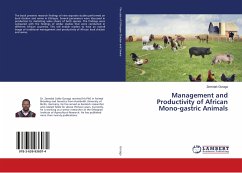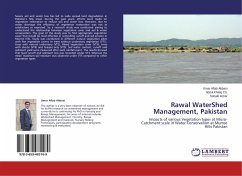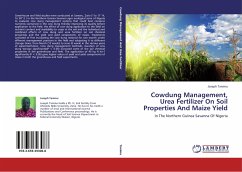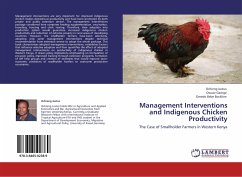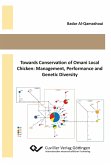The study showed that the main motivation to keep native chicken in Ethiopia was egg production because this is the basis for generating disposable income and home consumption. The three most important breed selection criteria were egg production, morphometric characteristics and mothering ability. The major input shortage in chicken production business was the lack of locally adapted and productive chicken breeds. The genetic diversity and population structure part of the study was approached by a field trip in Ethiopia, collecting blood samples on FTA-filter papers, genotyping the animals at 26 AVIANDIV microsatellite loci, and performing data analyses using various population genetics software. The Ethiopian ecotypes were also compared with six representative commercial purebreds. Population sub-structure was detected in the Ethiopian ecotypes, which is not the case in many other African chicken ecotypes. The Ethiopian ecotypes were represented by at least two gene pools. The six commercial purebreds were clearly separated from the Ethiopian ecotypes indicating that the gene pools representing the five Ethiopian ecotypes were not affected by the commercial breeds.


